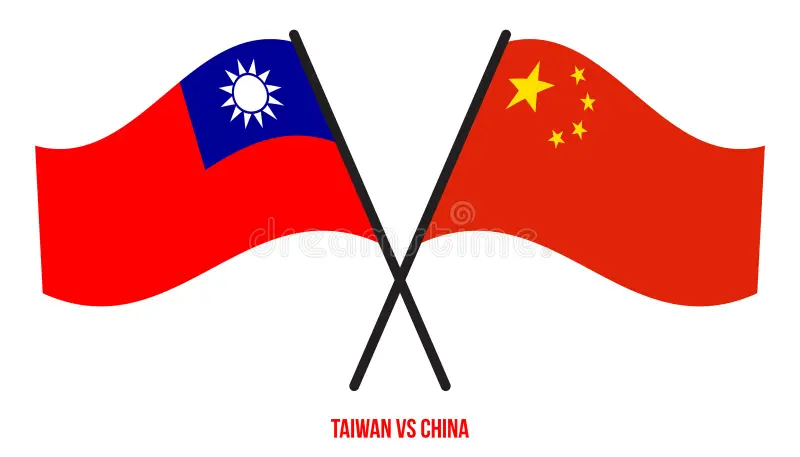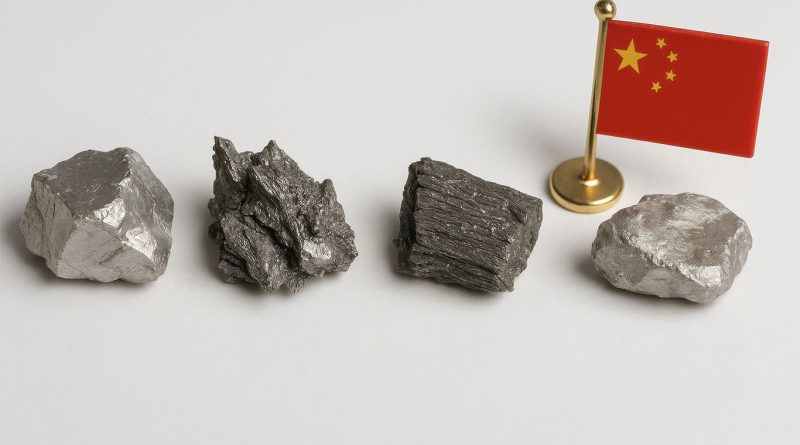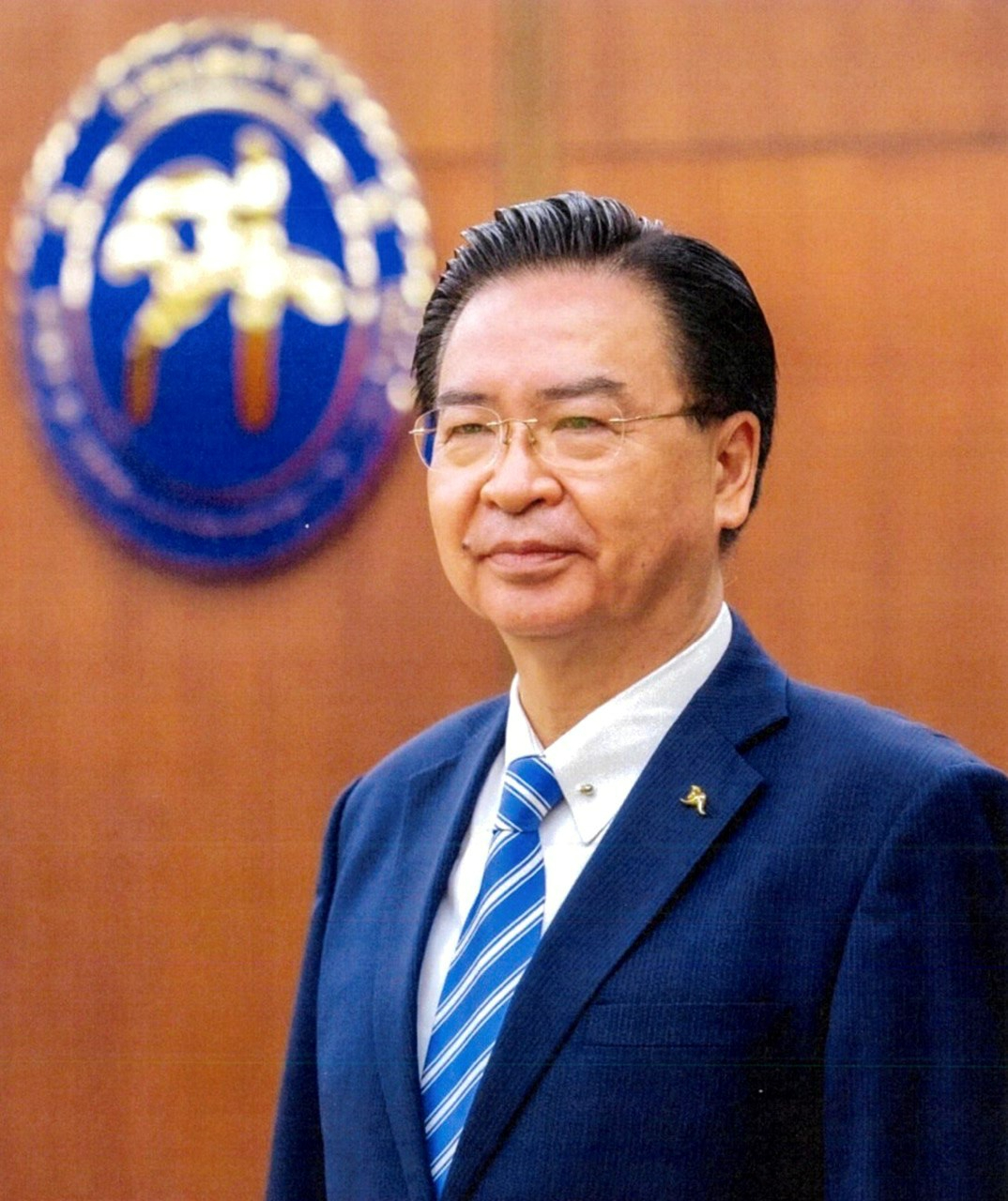by Martin Haffner Associate Editor
Taiwan’s Ministry of National Defense reported a significant increase in Chinese military incursions in the air and waters surrounding the island over the past week, heightening concerns about escalating tensions in the Taiwan Strait. The uptick comes amid ongoing geopolitical friction between Taiwan and China, raising alarms within the Taiwanese government and among international observers.
According to defense officials, last week alone saw over 100 instances of Chinese military aircraft entering Taiwan’s air defense identification zone (ADIZ), a sharp rise compared to previous weeks. These incursions reportedly included fighter jets, bombers, and surveillance aircraft, with some crossing the median line of the Taiwan Strait—an unofficial buffer zone observed by both sides for years.
In response to the heightened activity, Taiwan’s military has increased its readiness, conducting drills and mobilizing air defense systems. The Taiwanese Air Force has reported scrambling fighter jets to intercept the Chinese aircraft on numerous occasions, underscoring the potential for accidental confrontations amidst the escalating military posturing.
“Taiwan will continue to bolster its defense capabilities while seeking to enhance deterrence against aggressive actions,” stated Major General Chiang Jung-chih during a press briefing. “We are committed to maintaining peace and stability in the region, but we must also prepare for all scenarios.”
The surge in incursions has drawn swift condemnation from Taiwanese officials who describe these actions as intimidation tactics designed to intimidate the island’s populace and assert China’s claim over Taiwan. President Tsai Ing-wen reiterated Taiwan’s stance on sovereignty and called for increased international support to counteract Chinese aggression.
Meanwhile, international reaction has intensified. The United States, a key ally of Taiwan, has voiced its concern over Chinese military maneuvers. In a statement from the State Department, officials reaffirmed their commitment to a free and open Indo-Pacific, emphasizing the importance of Taiwan’s self-defense capabilities.
“The United States stands with the people of Taiwan and firmly opposes any unilateral changes to the status quo in the Taiwan Strait,” the statement read.
In addition to military incursions, analysts have noted a rise in Chinese naval activity around Taiwan, with increasingly aggressive maneuvers reported in the Philippine Sea and adjacent waters. This heightened maritime presence has prompted calls among Taiwanese policymakers for further collaboration with regional allies, particularly Japan and members of the Quadrilateral Security Dialogue (Quad) – Australia, India, and the United States.
As tensions continue to rise, both Taiwan and China remain steadfast in their respective positions. While Taiwan seeks to enhance its defensive capabilities and international partnerships, China has expressed its determination to unify Taiwan with the mainland, stating that its sovereignty must not be compromised.
With diplomatic channels strained and military activity escalating, the situation in the Taiwan Strait remains precarious, leaving many to wonder what the future holds for the island and its embattled relationship with its powerful neighbor. As the world watches closely, the hope for a peaceful resolution grows ever more urgent amidst rising fears of miscalculation and conflict.



